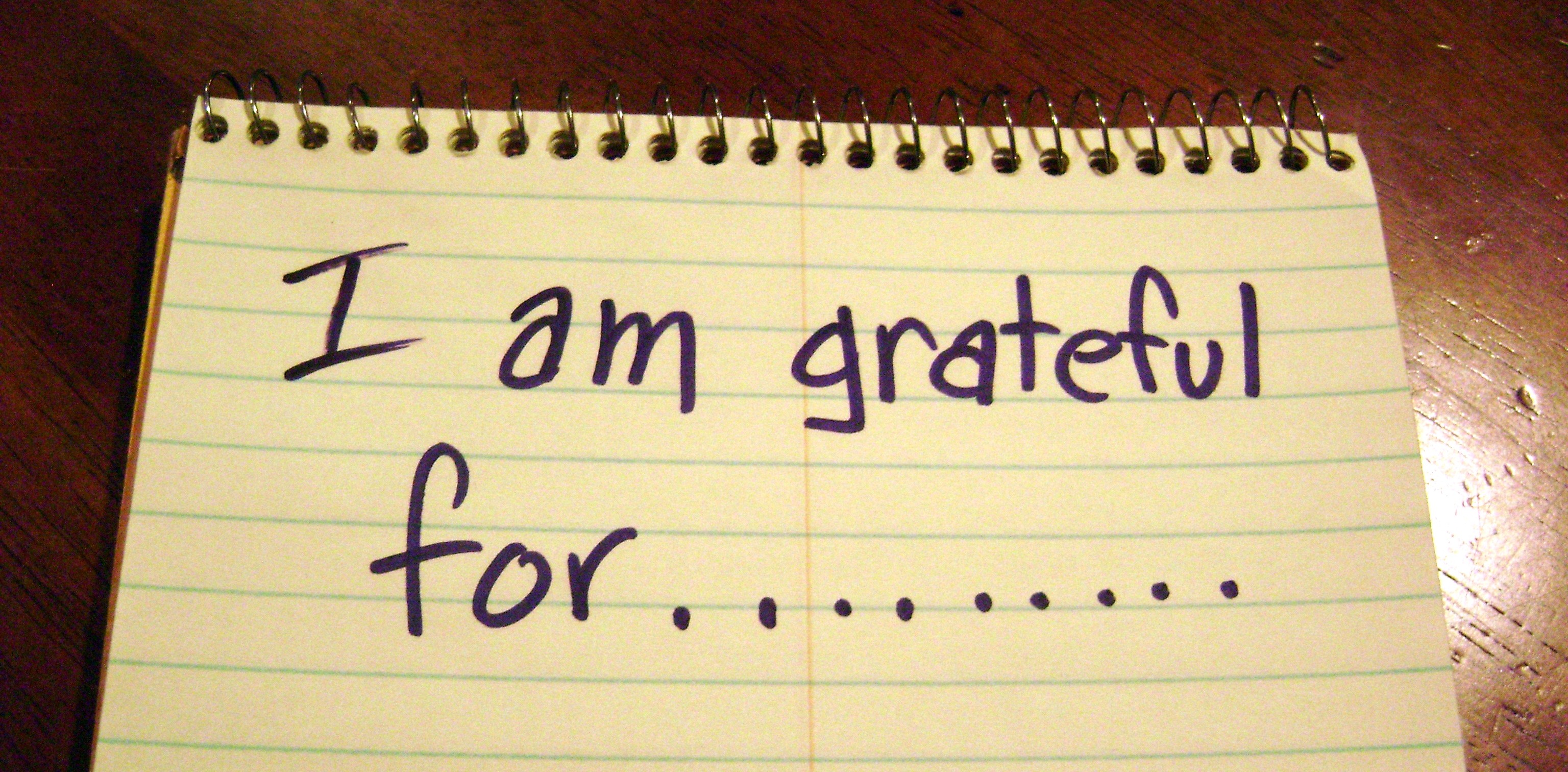Personal Reflection:
Oh my goodness, I love it. I'm pretty sure I found this on
http://math-fail.com/ (which is a pretty fun site if you have time to search for the good stuff).
I love that this shows someone, who looks like a teacher, making the same conceptual errors our students do! What a perfect way to get kids engaged in discussing not just the "rules" but the "whys" and "hows" of exponential notation.
Grade Level: 6-9
Course: 6th Grade, Pre-Algebra, Algebra
Standards: 6.EE.1, 6.EE.2, 8.EE.1, N-RN.1, N-RN.2, A-SSE.3,
Skills: Algebra, Exponents, Exponent Rules, Powers, Bases
How to use this as a mad minute:
You have 60
seconds. Explain why this teacher's simplification is incorrect.
How to use this as a warm up:
You could ask the students to consider one of the following:
1. What is the meaning of an exponent?
2. What is the difference between 3-squared and 3x2?
3. Where in real life do we use exponents? Why?
4. What is the difference between the original expression and what the teacher wrote? (Note: Only for students who more experience with exponents!)
How to use this as a mini-lesson:
Some might wonder why I listed this as a 6th through HS level standard or lesson. Truly it is because of the depth of thinking and analysis you could ask each level to bring to the table. Ideally, the skill of simplifying this expression is an eighth grade standard. However, exponents and the use of them is introduced in sixth grade and is, of course, expanded through high school.
If I were teaching middle school, I'd begin by revisiting the meaning of an exponent and might even ask students to write examples and expanded forms. I'd continue by asking them to replace g-squared with another substitute or variable. If they realize that the replacement should expand to x*x*x*x*x*x*x and if they also can say that g-squared should expand to g*g, they can quickly arrive at the idea that this is really g*g*g*g*g*g*g*g*g*g*g*g*g*g. What a great review!
I'd return by asking kids to create their own "mistake" problem and prove the right answer.
How to use this as a full lesson?
I wouldn't use this as a full lesson unless you were knee-deep in your exploration of exponents and their properties. If that is the case, you are probably teaching an eighth grade math class! And if that is the case, you probably have a district-mandated curriculum.
This is a great supplement to that! If you have used your primary curriculum to build understanding of exponents and their properties, you could use this as an exit slip for your lesson and simply ask students to explain the mistake in the teacher's thinking.
If you'd like, use this to launch the lesson. Your students should already understand the meaning of exponents, but have probably not experienced "nested" exponents. You can simply ask students to make sense of the original problem, make sense of what was written, and compare their answers. Kids would have to dig deeply, with scaffolded questions, to get there, but I'm confident they could, as long as they have a solid understanding of exponents and their meaning. (See the mini lesson above for some scaffolded questions.)
How to use this as an assessment?
If your students are ready for an assessment, I would definitely put this photo on an exit slip, quiz, or test with a simple, "Explain the error in thinking shown here."
*Remember to think about what a proficient answer would entail, and what might a student to go beyond your expectations!
Please feel free to use any of these ideas and modify them to meet your needs. However, please acknowledge the original source of the items and my own lesson outlines. ©NatalieRSprigg 2015







